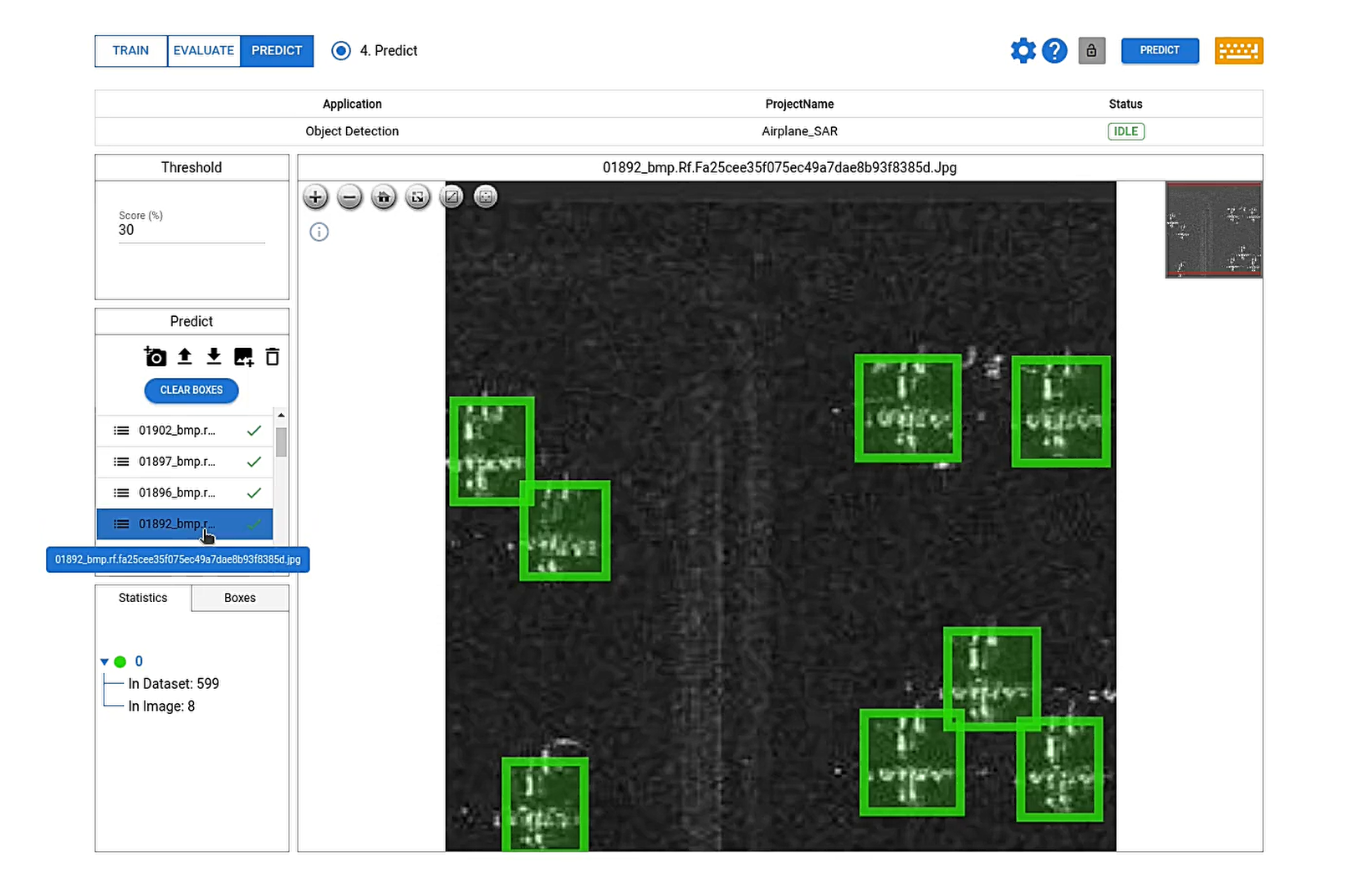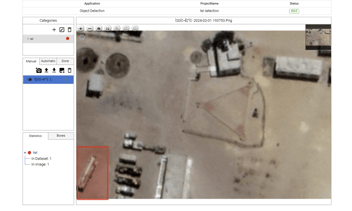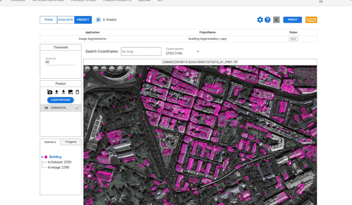Unveiling the Secrets: How IMINT Revolutionizes Intelligence Gathering

Discover the groundbreaking impact of IMINT on intelligence gathering and its role in enhancing national security.
Meet an Aircraft detector for SAR satellite imagery made with Deep Block. Check out the video for more details.
If you want to try this model, check it out at the this link.
The Evolution of Intelligence Gathering
Intelligence gathering has come a long way over the years. From traditional methods such as human intelligence (HUMINT) and signals intelligence (SIGINT), we have seen a significant shift towards more advanced techniques. One of the most revolutionary developments in this field is IMINT, or Imagery Intelligence. IMINT involves the collection, analysis, and interpretation of imagery data to gather valuable intelligence.
In the early days, intelligence gathering relied heavily on ground-based observations and reports. This limited our ability to gather information from remote or inaccessible areas. However, with the advent of aerial photography and satellite imagery, a whole new world of possibilities opened up. IMINT allowed us to obtain high-resolution images of areas of interest, providing us with a wealth of valuable information.
As technology continued to advance, so did our capabilities in intelligence gathering. Today, we have access to a wide range of imaging sensors, including electro-optical (EO), infrared (IR), and synthetic aperture radar (SAR). These sensors allow us to capture images in different wavelengths and provide us with valuable insights that were previously unattainable. IMINT has truly revolutionized the way we gather intelligence.
Understanding IMINT: A Game-Changer in Intelligence
IMINT is a game-changer in the field of intelligence. By harnessing the power of imagery, we are able to gather insights and information that were once out of reach. One of the key advantages of IMINT is its ability to provide a visual representation of the battlefield or a target area. This visual information is crucial for decision-makers, as it allows them to assess the situation more accurately and make informed decisions.
In addition to providing visual information, IMINT also enables us to conduct detailed analysis and interpretation of the images. By examining the imagery data, we can identify key features and detect changes over time. This level of detail and analysis is invaluable in intelligence gathering, as it allows us to gain a deeper understanding of the target and its activities.
Furthermore, IMINT can be used in conjunction with other intelligence disciplines, such as SIGINT and HUMINT, to enhance the overall intelligence picture. By combining different sources of information, we can create a more comprehensive and accurate assessment of the target. IMINT truly enhances our intelligence capabilities and plays a vital role in national security.
The Role of Remote Sensing in IMINT
Remote sensing plays a crucial role in IMINT. It involves the use of sensors placed on platforms such as satellites, aircraft, or unmanned aerial vehicles (UAVs) to capture imagery data from a distance. This allows us to gather information without physically being present in the target area.
Satellites are particularly important in remote sensing for IMINT. They provide a global coverage and can capture images of vast areas. Satellites equipped with high-resolution cameras or SAR sensors can provide us with detailed imagery data, even from remote or inaccessible regions. This capability is especially valuable in intelligence gathering, as it allows us to monitor activities in areas of interest, regardless of the geographical challenges.
In addition to satellites, aircraft and UAVs also play a significant role in remote sensing for IMINT. They offer a more flexible and dynamic approach, as they can be deployed to specific areas of interest or tasked for real-time surveillance. Aircraft and UAVs equipped with advanced imaging sensors can capture high-resolution imagery with great accuracy and detail.
The Significance of SAR Images in IMINT
Synthetic Aperture Radar (SAR) images are of great significance in IMINT. Unlike traditional optical imagery, SAR images are captured using radar technology, which allows us to penetrate through clouds, vegetation, or even buildings. This makes SAR particularly useful in situations where optical imagery may be hindered by weather conditions or concealment.
SAR images provide us with a unique perspective of the target area. They can reveal hidden features, detect changes in terrain or structures, and even identify underground structures or tunnels. This level of detail and penetration is invaluable in intelligence gathering, as it allows us to uncover information that may not be visible through traditional means.
Furthermore, SAR images can be used for a variety of purposes in IMINT. They can be used to monitor activities in remote or inaccessible areas, track the movement of vehicles or vessels, and even detect changes in land cover or land use. The versatility of SAR imagery makes it a powerful tool in intelligence gathering and enhances our ability to gather valuable information.
Advantages of Aircraft Detection for Defense
Aircraft detection plays a crucial role in defense and security. By being able to detect and track aircraft, we can effectively monitor enemy logistics, identify potential threats, and ensure the safety and security of our airspace.
One of the key advantages of aircraft detection is its ability to provide early warning of hostile aircraft or unauthorized intrusions. By utilizing SAR satellites, we can detect and track aircraft even at long ranges. This allows us to take appropriate measures to intercept or neutralize any potential threats before they pose a danger.
Overall, aircraft detection is a critical component of defense and security. It enhances our situational awareness, enables early warning capabilities, and ensures the safety and security of our airspace.
The Future of IMINT: Advancements and Implications
The future of IMINT holds exciting advancements and implications for intelligence gathering. As technology continues to evolve, we can expect further improvements in imaging sensors, data processing capabilities, and analytical tools.
One area of advancement is the development of higher resolution imaging sensors. These sensors will allow us to capture even more detailed and accurate imagery, enabling us to gather more precise intelligence. Additionally, advancements in data processing and machine learning algorithms will enhance our ability to analyze and interpret the vast amount of imagery data generated by IMINT.
In conclusion, IMINT has revolutionized intelligence gathering and has become a game-changer in enhancing national security. Its ability to provide visual information, conduct detailed analysis, and integrate with other intelligence disciplines makes it a powerful tool in the intelligence community. With further advancements and careful considerations of the implications, IMINT will continue to shape the future of intelligence gathering.




